Description
This stage is primarily concerned with the skills of style, although students continue to practice the skills of Invention and Arrangement. These exercises further develop the students’ skills of sequencing, and is told as a soliloquy—further honing their narrative ability. This particular style is achieved through continued mastery of paraphrase and confining students to an abbreviated word count. Students will also gain the following capabilities:
- the ability to write from unusual points of view
- innovative expression
- clear, concise, and colorful style
What if you could teach your child using the same writing program that produced such masters of the language as John Milton, William Shakespeare, and Benjamin Franklin? What if you could have the same composition curriculum used by Quintilian, the greatest teacher of ancient rhetoric, and Cicero, the greatest persuasive speaker of all time?
Jim Selby has blown the dust off the writing curriculum that was used in schools for over 1,500 years and put it in an easy-to-teach format that will revolutionize your home or private school curriculum. Presented clearly and systematically in a structured curriculum, Classical Composition will give you a clear road map to writing excellence.
Ancient writers invented a way of teaching writing known as the progymnasmata, which provided a method of teaching composition that not only taught budding writers a disciplined way to approach communication, but also helped them appeal to the heads of their audience. The progymnasmata gave them the stylistic tools to appeal to their hearts as well.
Companion Products
Classical Composition VII: Characterization – Student Guide
Classical Composition VII: Characterization – Teacher Guide
Classical Composition VII: Characterization – Instructional Videos (DVDs or Online Streaming)

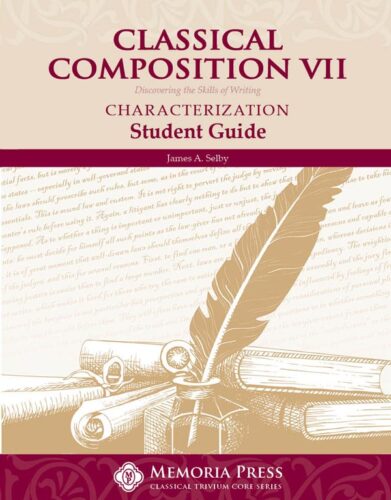


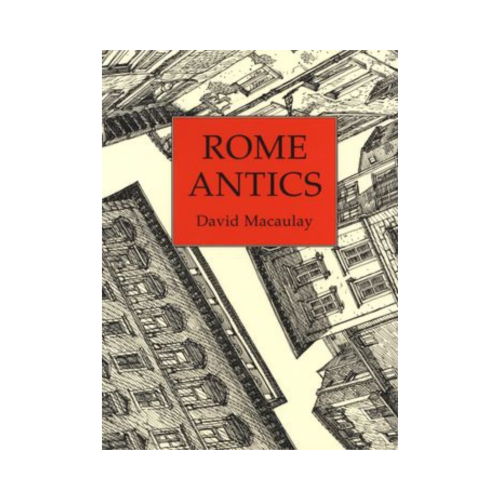
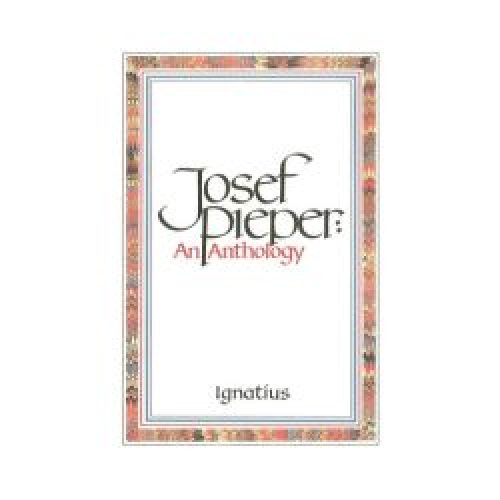




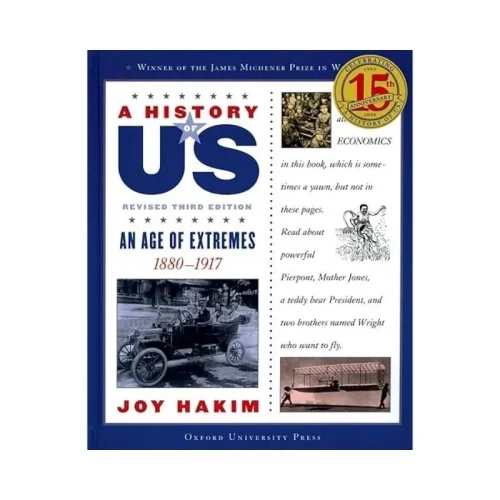
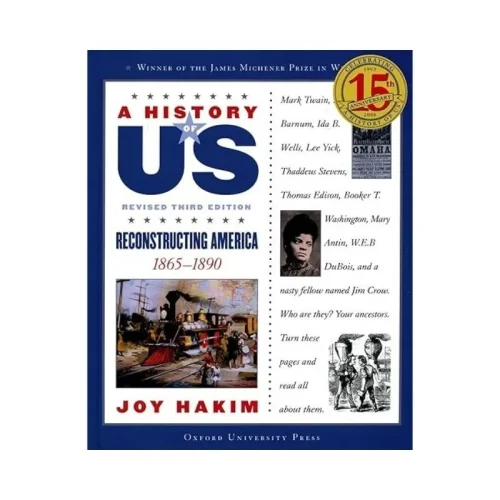



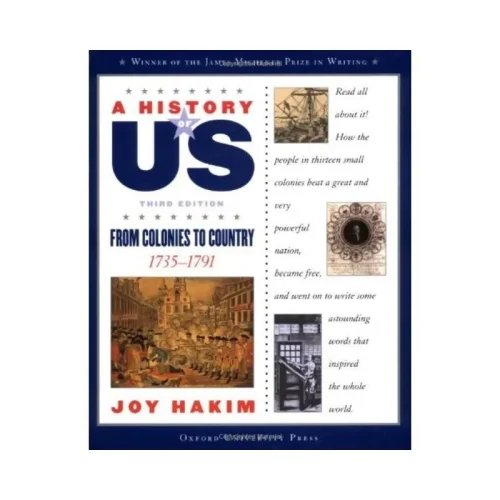


Reviews
There are no reviews yet.